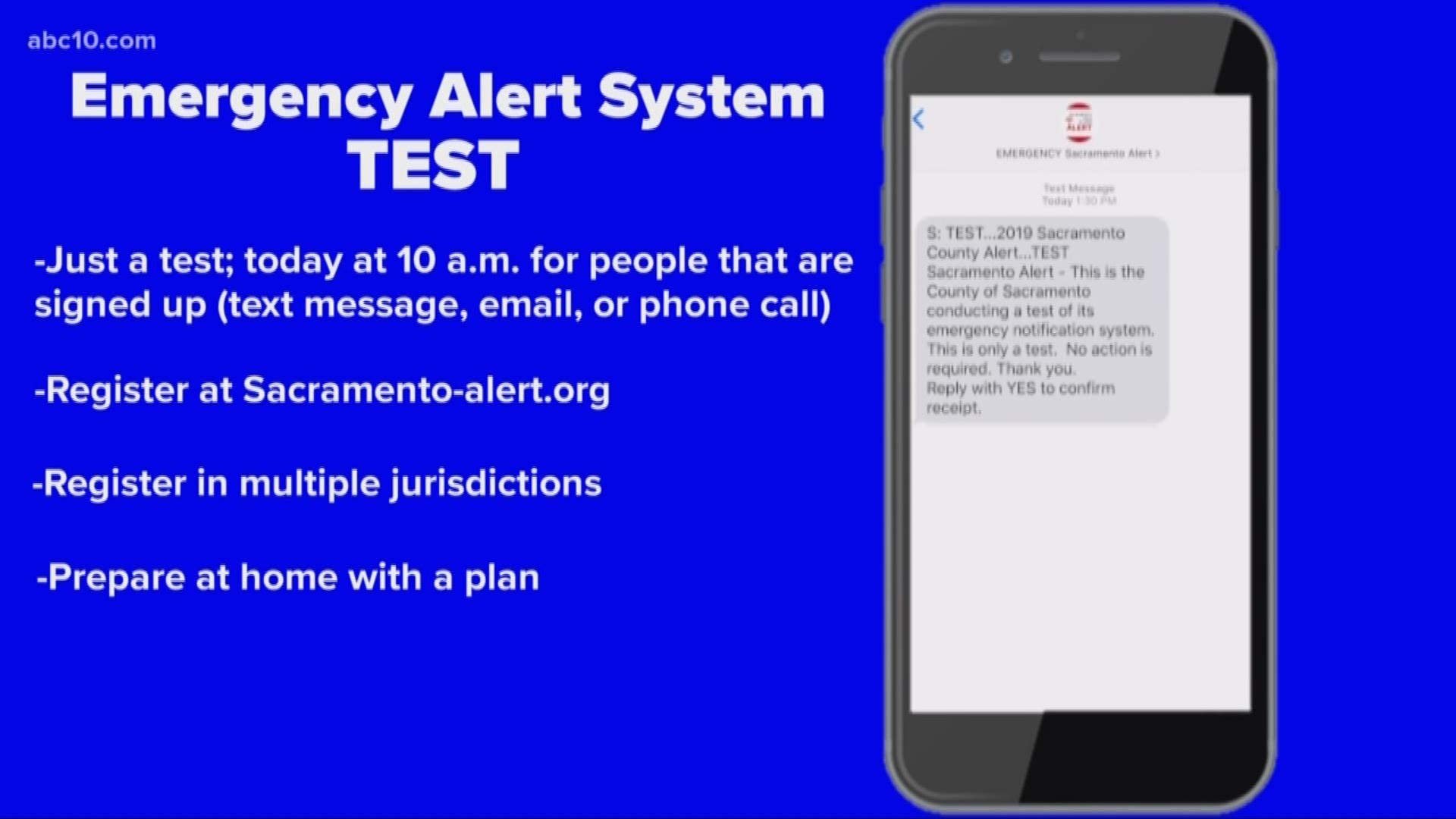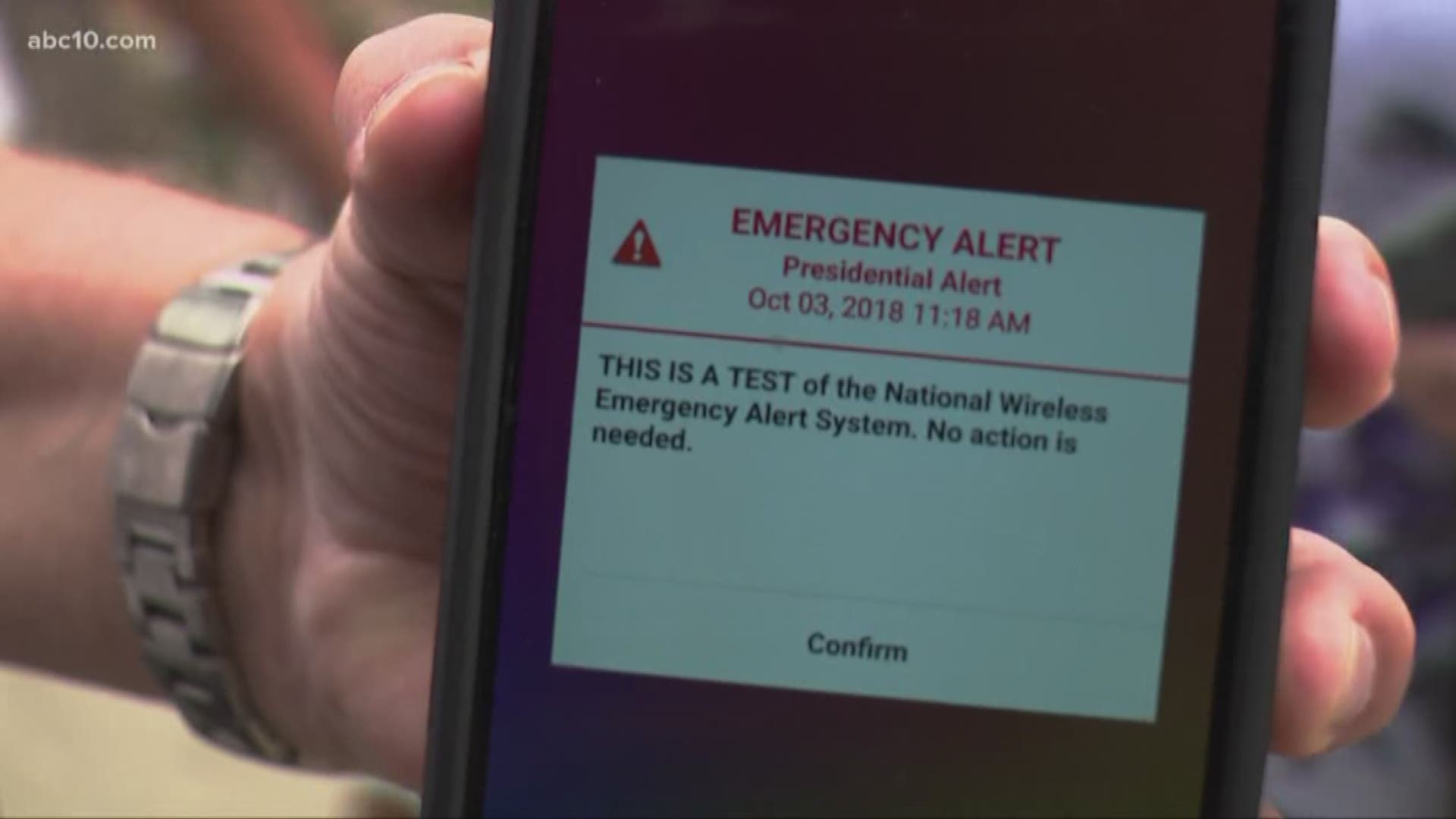The blaring beep comes from your TV screen or radio before an important message. The repeated vibrations or rings from cellphones, these are the sounds of an emergency alert being sent to the people in local communities, states and the nation.
There are three major alert systems: Wireless Emergency Alerts, Emergency Alert System and Opt-In Alert Systems.
Each system has different ways of communicating with people, but all of the emergency alert systems provide a way to let people know when there is something wrong.
Wireless Emergency Alerts (WEA)
WEAs are sent to people's wireless devices, depending on where they are located and if the information pertains to them.
These alerts come from the Federal Emergency Management Agency (FEMA). State and local agencies can also send out alerts using WEA.
The types of things people are alerted for using WEA can include:
- Amber Alerts (for missing children)
- Silver Alerts (for missing adults older in age)
- Ashanti Alerts (for missing adults that are too old for Amber Alerts and too young for Silver Alerts)
- Blue Alerts (for Officer-Involved Shooting suspects or hazardous people towards police and the public)
- Anything that is threatening to the safety or lives of the people receiving the message
Emergency Alert System (EAS)
EAS alerts are sent through televisions and radios, either locally or nationally.
These alerts can be sent from FEMA of the National Oceanic and Atmospheric Administration’s National Weather Service. The president is the one that decides when a message can be sent nation-wide; this function is typically delegated to FEMA to decide.
The NWS uses EAS on local and state levels to alert people of weather and natural disasters.
For state or local emergencies, there are authorized personnel on each level that can send out messages using EAS.
Opt-In Alerts
The system used for opt-in alerts can vary by region, but operates similarly in what reasons people are notified. Alerts received could be about extreme weather or natural disasters, road closures, missing people, or evacuations. These alerts are managed by the local agency that set them up.
In the Sacramento area, Sacramento, Placer and Yolo Counties have teamed up to provide the Sacramento Region Emergency Notification System. This system can call your home phone, work phone or cellphone. It can also send text alerts via cellphone and email.
Unlike WEA and EAS, people must sign up for an opt-in alert system. Also with opt-in alerts, people that do not live in the area of the alerts can still sign up to receive them.
________________________________________________________________
WATCH MORE: What could a PG&E bankruptcy mean for you?


